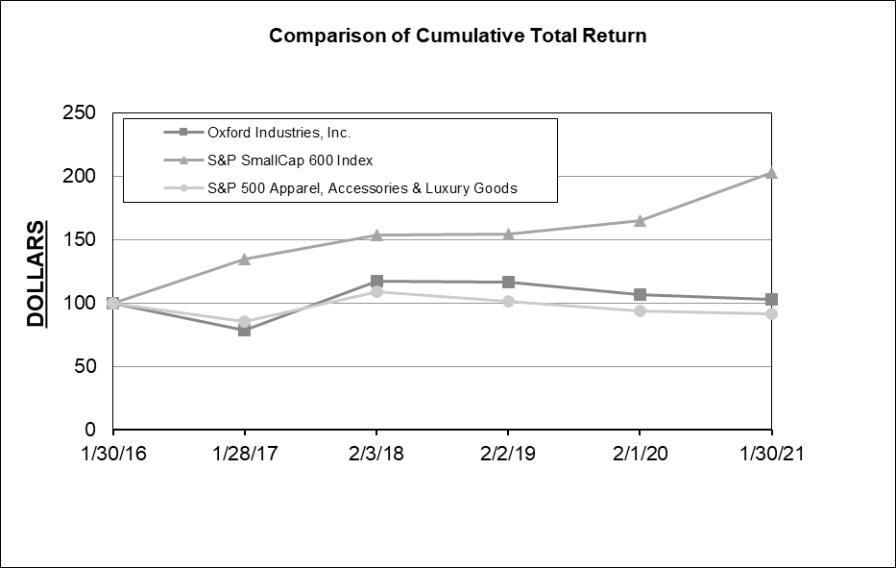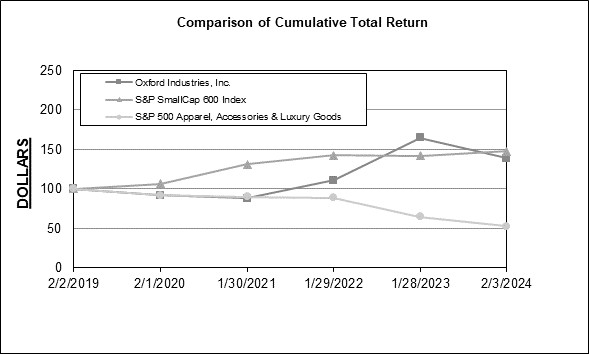withholding liabilities resulting from the vesting$35 million of equity awards during the perioddividends; and (3) the paymentpaid $2 million of contingent consideration or other deferred acquisitionfor the final contingent consideration payment related to the TBBC acquisition.
If net cash requirements are less than our net cash flows, we may repay amounts whichoutstanding on our U.S. Revolving Credit Agreement, if any, consistent with our net repayment of $90 million of long-term debt in Fiscal 2023. Alternatively, to the extent we are included in other financing activities.
Wea net debt position and our net cash requirements exceed our net cash flows, we may borrow or pay down debt depending on whetheramounts from our U.S. Revolving Credit Agreement consistent with our borrowing of $119 million in Fiscal 2022 to fund our investing and financing activities that exceeded cash flow from operations.
Liquidity and Capital Resources
We have a long history of generating sufficient cash flows from operations to satisfy our cash requirements for our ongoing capital expenditure needs as well as payment of dividends and repayment of our debt. Thus, we believe our anticipated future cash flows from operating activities exceedswill provide (1) sufficient cash over both the short and long term to satisfy our ongoing operating cash requirements, (2) ample funds to continue to invest in our lifestyle brands, the project to build a new distribution center in the Southeastern United States, direct to consumer initiatives and information technology projects, (3) additional cash flow to repay outstanding debt and (4) sufficient cash for other strategic initiatives.
Our capital needs depend on many factors including the results of our operations and cash flows, future growth rates, the need to finance inventory and the success of our various products. To the extent cash flow needs in the future exceed cash flow provided by our operations, we will have access, subject to its terms, to our U.S. Revolving Credit Agreement to provide funding for operating activities, capital expenditures dividend payments,and acquisitions, if any, and any other investing or financing activities. Generally,
Our cash and debt, as well as availability, levels in future periods will not be comparable to historical amounts, particularly after the completion of the acquisition of Johnny Was in Fiscal 2022. Further, we anticipate that excess cash,continue to assess, and may possibly make changes to, our capital structure, which we may achieve by borrowing from additional credit facilities, selling debt or equity securities or repurchasing additional shares of our stock in the future. Changes in our capital structure, if any, will depend on prevailing market conditions, our liquidity requirements, contractual restrictions and other factors. The amounts involved may be used to repay any debt on ourmaterial.
$325 Million U.S. Revolving Credit Agreement.Agreement
Liquidity and Capital Resources
On March 6, 2023, we amended the U.S. Revolving Credit Agreement to, among other things, mature in March 2028. As of January 30, 2021,February 3, 2024, we had $66borrowings of $29 million, issued standby letters of cashcredit of $5 million, and cash equivalents on hand, with no borrowings outstandingavailability of $288 million under ourthe U.S. Revolving Credit Agreement. As of January 30, 2021, under ourThe U.S. Revolving Credit Agreement we had $301 million of unused availability, which includes substantially all ofamended and restated our cashFourth Amended and cash equivalents as eligible assets. We believe ourRestated Credit Agreement (the “Prior Credit Agreement”).
Pursuant to the U.S. Revolving Credit Agreement, and anticipated future positive cash flow from operating activities will provide sufficient cash flowthe interest rate applicable to satisfy our ongoing cash requirements as well as ample opportunityborrowings under the U.S. Revolving Credit Agreement is based on either the Term Secured Overnight Financing Rate plus an applicable margin of 135 to continue185 basis points or prime plus an applicable margin of 25 to invest in our brands, direct to consumer initiatives and other strategic initiatives in both the near term and long term.75 basis points.
The U.S. Revolving Credit Agreement generally (1) is limited to a borrowing base consisting of specified percentages of eligible categories of assets, (2) accrues variable-rate interest (weighted average interest rate of 7% as of February 3, 2024), unused line fees and letter of credit fees based upon average utilization or unused availability, or utilization,as applicable, (3) requires periodic interest payments with principal due at maturity (July 2024) and (4) is secured by a first priority security interest in substantially all of the assets of Oxford Industries, Inc. and its domestic subsidiaries, including accounts receivable, books and records, chattel paper, deposit accounts, equipment, certain general intangibles, inventory, investment property (including the equity interests of certain subsidiaries), negotiable collateral, life insurance policies, supporting obligations, commercial tort claims, cash and cash equivalents, eligible trademarks, proceeds and other personal property.
To the extent cash flow needs exceed cash flow provided by our operations we will have access, subject to its terms, to our U.S. Revolving Credit Agreement to provide funding for operating activities, capital expenditures and acquisitions, if any. Our U.S. Revolving Credit Agreement is also used to establish collateral for certain insurance programs and leases and to finance trade letters of credit for product purchases, which reduce the amounts available under our line of credit when issued. As of January 30, 2021, $3 million of letters of credit were outstanding under our U.S. Revolving Credit Agreement.
Covenants, Other Restrictions and Prepayment Penalties
The U.S. Revolving Credit Agreement is subject to a number ofseveral affirmative covenants regarding the delivery of financial information, compliance with law, maintenance of property, insurance requirements and conduct of business.

